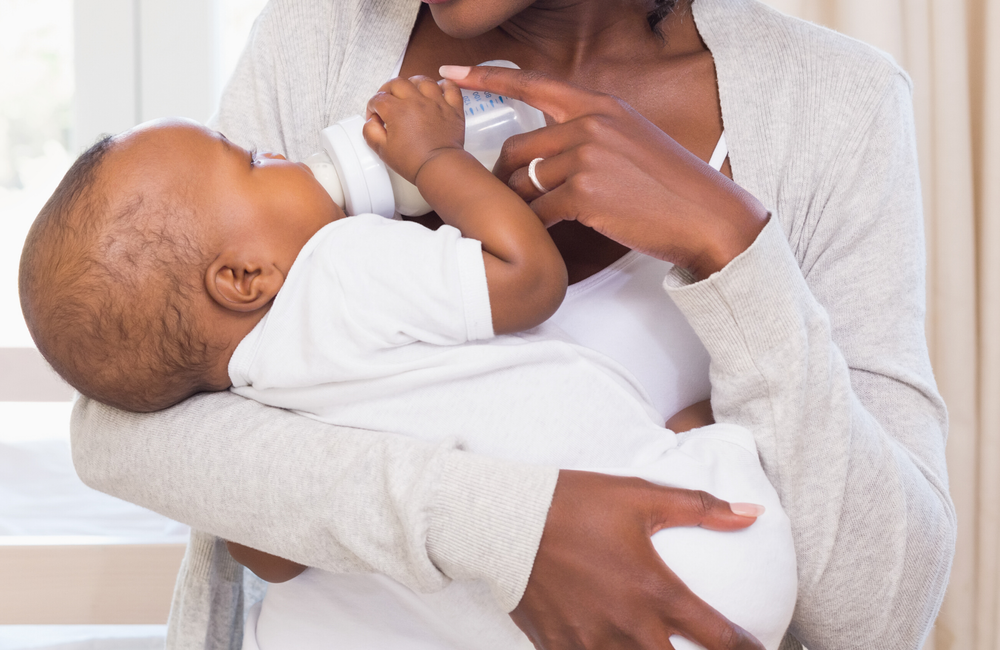
Hello new mum, being HIV Positive is not the worst thing that could happen to anyone, you have life and you have birthed a new life. The amazing part, you got pregnant and birthed a beautiful baby; your baby hasn’t been infected and you want to keep it that way.
Well, welcome to my gist corner, let’s help you make the best decision concerning nutrition.
Feeding an HIV-exposed infant can be very tricky. There are two feeding options available; exclusive breastfeeding and exclusive formula feeding, both of which have cons and pros but on no condition should the feeding options be combined.
Deciding which path to follow requires a lot of thought as this is a long-term decision that spans a minimum of 6 months. Breastmilk has the risk of infecting your infant and formula could be quite expensive in the long term.
It has been discovered that the risk of HIV transmission via breastfeeding is 5-20%. Evidence has also shown that giving antiretroviral drugs to the mother or the infant can significantly reduce the risk of HIV transmission through breastfeeding. The World Health Organization recommends that in environments where health services provide lifelong antiretrovirals, adherence counseling, and support breastfeeding among women living with HIV, breastfeeding should not be restricted and should only stop once a nutritionally adequate and safe diet without breast milk can be provided.
Decisions about interventions must be based on an assessment of risks, costs, and benefits.
Few questions you might want to answer before proceeding
- Can you afford to buy Formula for as long as they need it?
- Do you have access to clean water?
- How hygienic would you be about the whole process?
- Can you face the stigma of not breastfeeding your child?
- Can you create other bonding avenues?
- Do you have access to antiretrovirals?
- Would you be consistent with you and your baby’s medication?
- Would you take care of your breast and prevent cracks and infections?
After answering these questions above, a clear path as to the choice you should take will emerge and you can research further as to what that path entails.
Under exclusive breastfeeding, there is also the option of using a milkmaid- where the baby obtains breastmilk from someone other than her mother. Although it is not widely practiced in our clime, it is an excellent option that can be explored even if it might be costly. You can also heat the breast milk to kill germs and viruses although this reduces its nutritional content and is time-consuming.
If you can maintain adequate hygiene, prepare the formula feeds as instructed, and store them appropriately, the risk of diarrhea, pneumonia, and its likes can be significantly reduced. So if you choose not to breastfeed, just so you can eliminate all the risks associated with breastfeeding, this isn’t a killer alternative.
Remember the golden rule, DO NOT PRACTICE MIXED FEEDING. No option is superior to the other, it’s all dependent on you.
You are doing a great job mum.